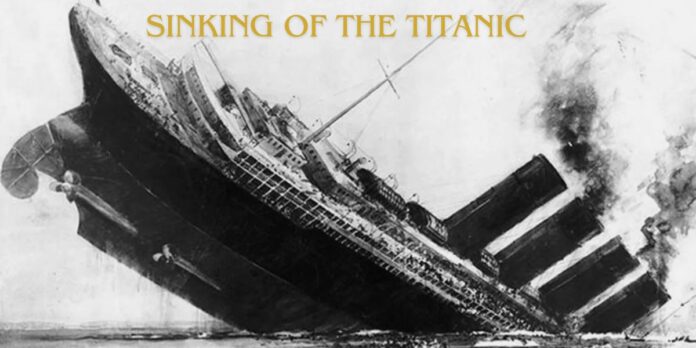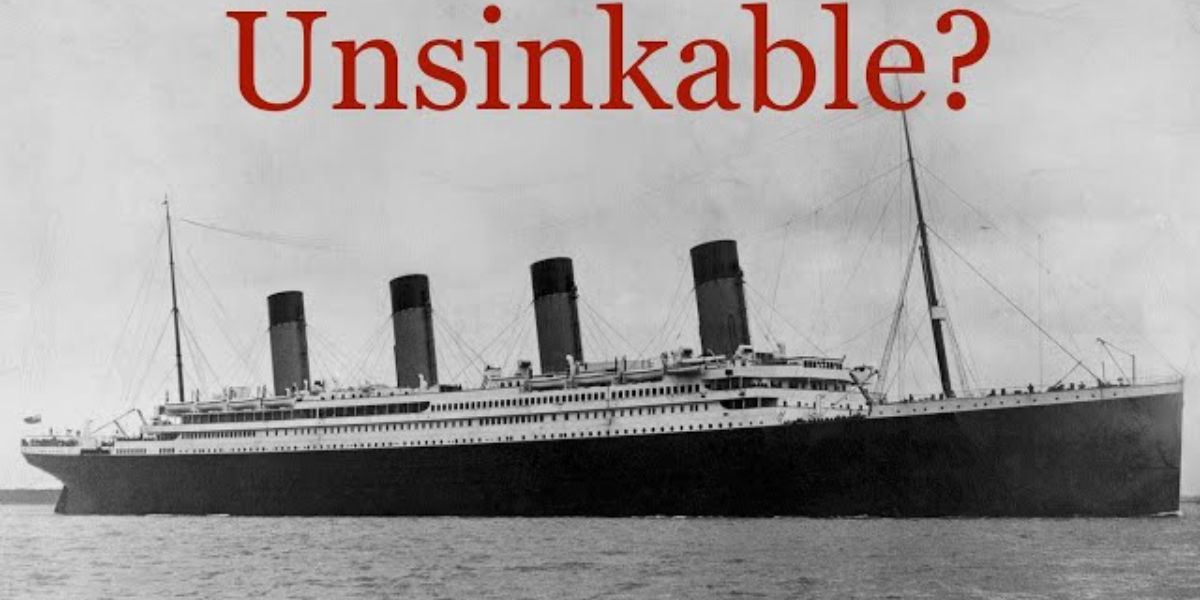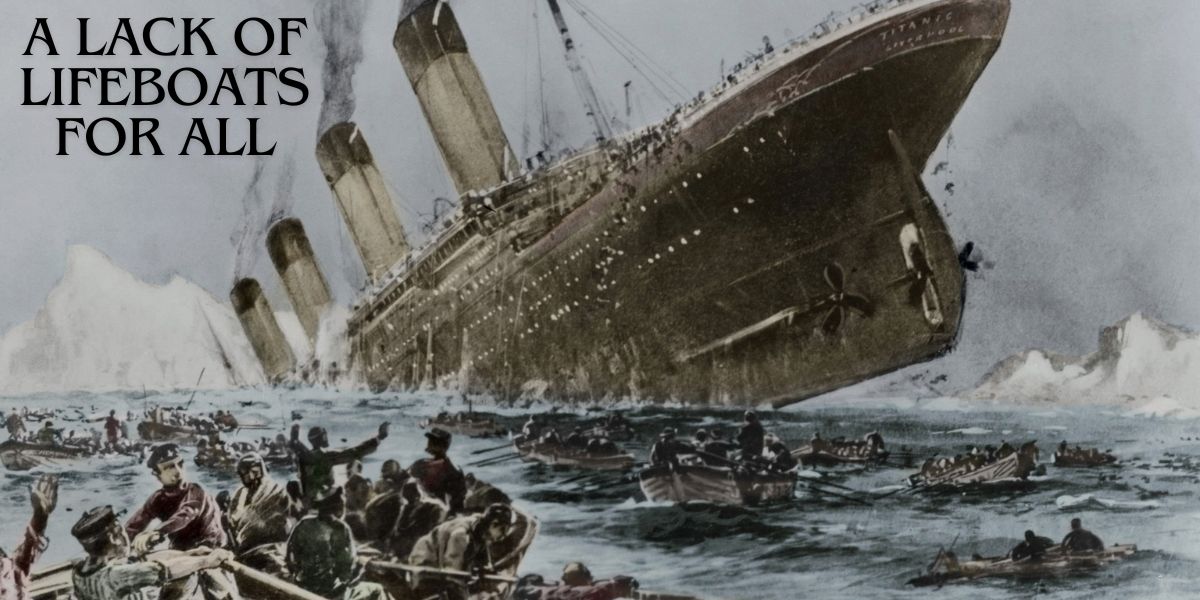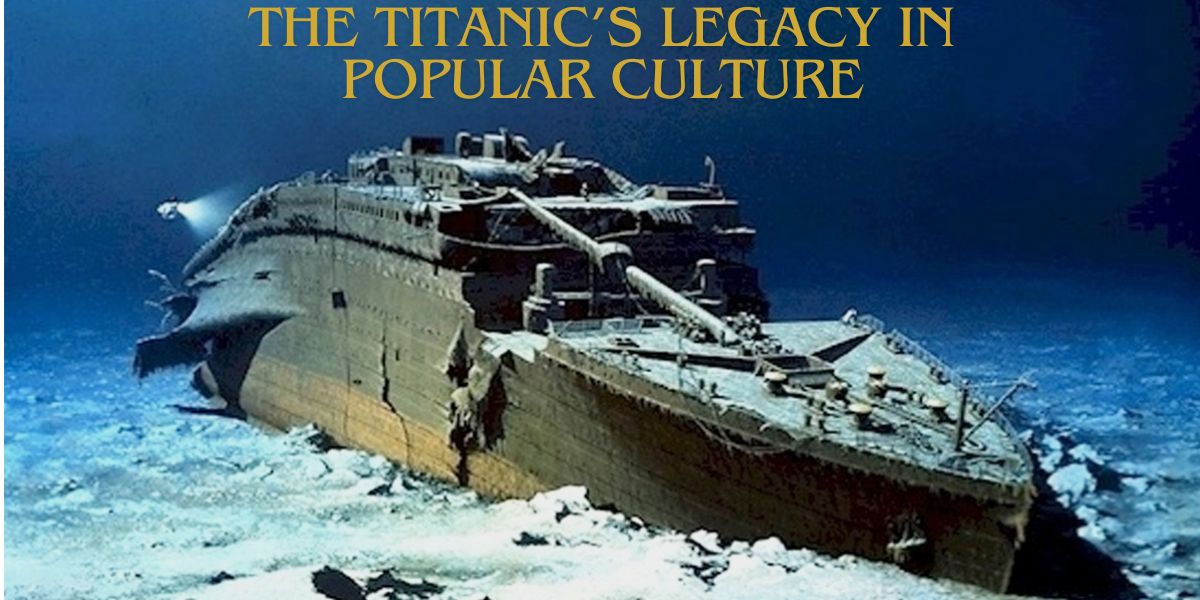The sinking of the Titanic on April 15, 1912, remains one of the most tragic maritime disasters in history. This luxurious ship, deemed “unsinkable,” met an untimely fate in the North Atlantic Ocean. More than 1,500 passengers and crew lost their lives, sparking worldwide shock and sorrow. Understanding the causes and mistakes that led to this catastrophe offers valuable lessons in engineering, safety, and human judgment.
The Illusion of Unsinkability
When the Titanic was built, it was regarded as a marvel of modern engineering. It featured advanced safety measures, including sixteen watertight compartments designed to keep the ship afloat even if damaged. However, the belief in its invincibility led to a lack of sufficient lifeboats and safety precautions. The ship’s design, while innovative, ultimately proved inadequate in the face of disaster.
An Inevitable Collision with an Iceberg
On the night of April 14, the Titanic sailed through an area of the North Atlantic known for icebergs. Despite receiving multiple warnings from nearby ships, the crew did not take appropriate action to slow down. The ship struck an iceberg at approximately 11:40 PM, causing severe damage to its hull. The impact created multiple breaches, flooding the first five compartments and sealing the ship’s fate.
Poor Crisis Management and Crew Decisions
The crew’s response to the iceberg collision was disorganized. There was confusion among the officers regarding emergency procedures, leading to delayed evacuation efforts. Lifeboats were launched half-full, leaving hundreds of people stranded without adequate means of escape. The failure to conduct proper emergency drills beforehand worsened the situation.
A Lack of Lifeboats for All
One of the most devastating errors was the insufficient number of lifeboats. The Titanic carried only 20 lifeboats, far below the required number to accommodate all passengers and crew. As a result, only 710 people survived, while over 1,500 perished in the icy waters. The lack of lifeboats was due to aesthetic considerations, as designers prioritized luxury over safety.
Miscommunication Between Ships
During the night, several ships were within radio range of the Titanic. The Californian, which was nearby, failed to respond promptly to distress signals due to miscommunication. Meanwhile, the Carpathia, located 58 miles away, rushed to the scene but arrived too late to save most of those stranded. The lack of effective coordination highlighted flaws in maritime communication protocols.
The Role of Social Class in Survival Rates
Survival rates varied drastically among different classes aboard the Titanic. First-class passengers had significantly higher chances of survival due to quicker access to lifeboats. In contrast, many third-class passengers were trapped below deck and struggled to reach safety. The stark disparity in survival rates exposed the inequalities in early 20th-century society.
The Freezing Waters of the North Atlantic
Even for those who managed to escape the sinking ship, survival was not guaranteed. The frigid temperature of the Atlantic Ocean, at around 28°F (-2°C), caused hypothermia within minutes. Many passengers who could not find space on lifeboats succumbed to the freezing waters. This harsh reality added to the overwhelming loss of life that night.
The Aftermath and Lessons Learned
Following the disaster, global maritime laws were reformed to prevent future tragedies. The International Convention for the Safety of Life at Sea (SOLAS) was established in 1914, mandating adequate lifeboats and safety drills on all passenger ships. Radio communication protocols were also strengthened to ensure constant monitoring of distress signals. These changes significantly improved maritime safety worldwide.
The Titanic’s Wreckage and Modern Discoveries
The Titanic’s wreck was discovered in 1985, nearly 73 years after it sank. Located 12,500 feet below the ocean’s surface, the ship’s remains offered new insights into the disaster. Ongoing explorations continue to uncover artifacts and structural damage, helping historians piece together the events of that night. Despite its tragic fate, the Titanic remains a symbol of human ambition, resilience, and the need for safety in innovation.
The Psychological Impact of the Disaster
The sinking of the Titanic left a lasting emotional impact on survivors and their families. Many survivors experienced post-traumatic stress disorder (PTSD), struggling with nightmares and survivor’s guilt. Families of those who perished faced financial and emotional hardships, as many lost their primary breadwinners. The psychological scars of the disaster underscored the need for emotional support and counseling.
Media Coverage and Public Reaction
The Titanic disaster was widely covered in newspapers across the world. Sensationalized stories and survivor accounts fueled public outrage over the lack of safety measures. Many questioned how such a catastrophe could occur on a ship that was advertised as “unsinkable.” This extensive media attention pressured governments and shipbuilders to implement stricter regulations.
The Titanic’s Legacy in Popular Culture
Over a century later, the Titanic continues to captivate audiences through books, documentaries, and films. James Cameron’s 1997 film “Titanic” became one of the highest-grossing movies of all time, reigniting global interest in the disaster. Numerous museums, including the Titanic Belfast Museum, preserve artifacts and tell the stories of those aboard. The ship’s legacy remains an enduring topic of fascination and historical study.
Lessons for Modern Maritime Safety
The Titanic disaster serves as a crucial lesson in maritime safety. Ships today are required to carry enough lifeboats for all passengers, conduct regular safety drills, and maintain constant radio contact. Advances in iceberg detection technology and navigation systems have also helped prevent similar tragedies. These improvements ensure that modern maritime travel is safer than ever before.
Conclusion
The Titanic disaster remains one of history’s most profound maritime tragedies. A combination of overconfidence, miscommunication, and poor safety measures contributed to the devastating loss of life. The lessons learned from that night led to significant improvements in ship design and safety regulations. Today, the story of the Titanic continues to captivate and remind us of the importance of preparation, caution, and respect for nature’s power.





